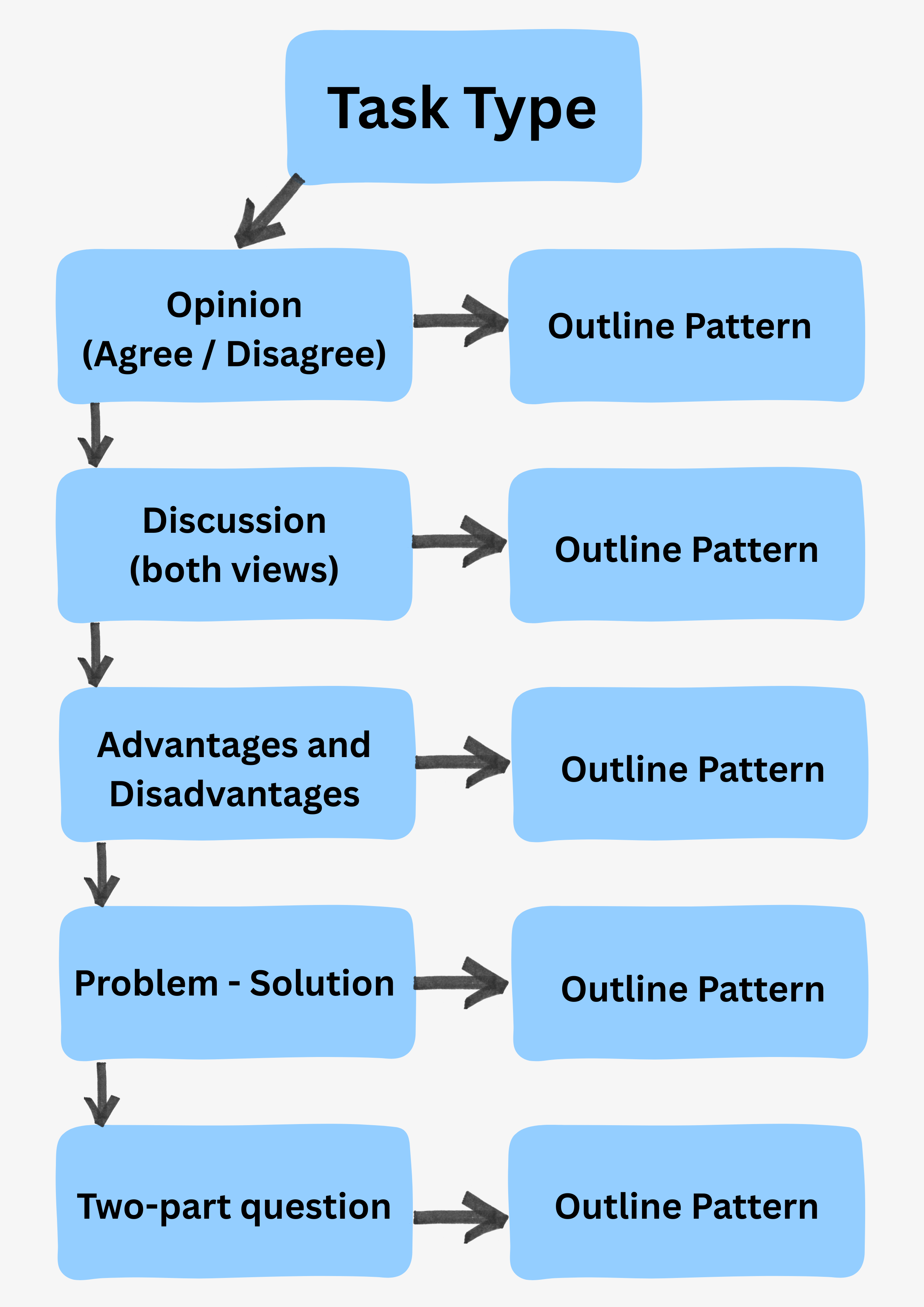Introduction to IELTS Essay Planning
Most candidates lose marks not because they can’t write, but because they start writing before they’ve decided what to write. A clear, fast routine for IELTS essay planning turns the first five minutes into a score booster.
In IELTS Writing Task 2, you have ~40 minutes. Spending 5 of those on a smart plan is the most reliable way to improve Task Response and Coherence & Cohesion.
In this lesson prepared by Learn English Weekly, learn our practical, minute-by-minute method you can use in any topic, with examples, outline patterns, and a printable planner you can download at the end. Let's begin 😎
Join over 500+ learners
Join the community for free resources and other learning opportunities.
No spam — only valuable English learning content.
Why planning matters (and how it raises your band)
- Task Response: A plan ensures you answer every part of the question directly.
- Coherence & Cohesion: A simple outline prevents repetition and off-topic ideas.
- Lexical Resource: Noting target collocations in advance helps you choose precise vocabulary.
- Grammatical Range & Accuracy: Planning sentence types (e.g., a concessive sentence in Body 2) increases variety without panic.
Key idea: A five-minute plan is not a full draft. It’s a skeleton that keeps your writing focused, logical, and fast.
The 5-Minute Planning Method (Overview)
You’ll create a one-page “5-3-1” plan:
- 5: Brainstorm five high-value ideas or examples (micro-notes).
- 3: Select the best three points that answer the question cleanly.
- 1: Write one-sentence thesis + one-line outline for body paragraphs.
A minute-by-minute guide
Minute 1 — Decode the question
- Underline the task type (opinion, discussion, advantages/disadvantages, problem–solution, two-part question).
- Box key terms and paraphrase them in the margin.
- Mark requirements: Do you need your opinion? Both sides? Causes + solutions?
Micro-check: If it’s a two-part question, write “Q1 + Q2” so you don’t forget to answer both.
Minute 2 — Fast brainstorm (the “5” in 5-3-1)
Write 5 very short bullet ideas. Keep them specific and relevant:
- A clear argument for your position (or a balanced stance).
- One example from society/education/health/technology/work.
- One “pushback” idea (to concede briefly).
- One reason that directly uses question language.
- One statistic-style or common-sense observation (even if illustrative).
Tip: Use topic “banks” you know well (education, technology, environment, health, work). These domains appear often and are easy to exemplify.
Minute 3 — Select and sequence (the “3”)
Pick the two strongest points for Body 1 and Body 2, and a brief concession or contrast if the task type benefits from it. Arrange them logically:
- Body 1: Strongest argument, most relevant example.
- Body 2: Second argument + concession/counter-argument (one sentence) + reaffirm your case.
One-line outline example:
- B1: Early arts funding improves creativity → innovation spill-over → example (UK design sector).
- B2: Opponents: STEM yields measurable returns; however, balanced budgets still need arts for soft-skills → example (employability study).
Minute 4 — Thesis + topic sentences (the “1”)
Write:
- Thesis (one sentence): Clear stance + scope.
- Topic sentence B1: Signals main point and link to task language.
- Topic sentence B2: Develops second point and previews a short concession if useful.
Template examples:
- Opinion: “I believe X because A and B, although C deserves brief consideration.”
- Discussion: “While view A argues …, view B maintains …; this essay contends … because ….”
- Adv/Disadv: “Although benefits include …, significant drawbacks such as … suggest ….”
- Problem–Solution: “The main causes are …; effective remedies include ….”
- Two-part: “This essay first addresses Q1 (…); it then explains Q2 (…).”
Minute 5 — Evidence cues + language targets
Under each body paragraph, jot three cues:
- Example (realistic or illustrative).
- Explanation (why this supports your thesis).
- Language (one or two collocations/structures you intend to use: “it is widely contended that…”, “a commonly cited drawback is…”, concessive clause with “although/whereas”).
Add one sentence for the conclusion: paraphrase your thesis + forward-looking clause (e.g., a recommendation or prediction).
Sample 5-minute plan (worked example)
Task (opinion): Some people think governments should invest more in public parks and sports facilities than in the arts. To what extent do you agree or disagree?
Minute 1 – Decode: Opinion; need stance; compare funding priorities.
Minute 2 – Brainstorm (5 ideas):
- Health outcomes → fewer NHS costs.
- Social cohesion in parks; inclusive access.
- Arts drive creativity/innovation (design, advertising).
- Economic spill-overs from cultural tourism.
- Balanced budgets: both sectors crucial.
Minute 3 – Select (3):
- B1: Public health + cohesion → strong returns.
- B2: Arts’ economic/innovation role; Concede short-term measurability favours sports, but long-term creative economy matters.
Minute 4 – Thesis + topics:
- Thesis: While active lifestyles deserve funding, I disagree that they should overtake the arts; a balanced allocation maximises public health and long-term innovation.
- TS B1: Investment in parks/sports reduces preventable illness and strengthens community bonds.
- TS B2: Cultural spending fuels innovation and tourism; though benefits are less immediate, they are structurally important.
Minute 5 – Evidence cues:
- B1 Example: Park Run schemes; local councils’ well-being data.
- B2 Example: UK creative industries’ contribution to GDP; city branding via festivals.
- Language: “yield tangible returns,” “concession,” “spill-over effects,” “in the longer term.”
Quick outline patterns by task type
Opinion (agree/disagree)
- Intro: Paraphrase + thesis.
- B1: Reason 1 + example + mini-summary.
- B2: Reason 2 + concession (1 sentence) + reaffirm.
- Conclusion: Restate stance + recommendation.
Discussion (both views)
- Intro: Outline both views + your position.
- B1: View A fairly presented + why some support it.
- B2: View B + why you lean this way.
- Conclusion: Balanced closing line.
Advantages / Disadvantages
- Intro: Neutral paraphrase + overall evaluation (which outweighs which).
- B1: Advantages with specific example.
- B2: Disadvantages with example + overall judgement.
- Conclusion: Which side prevails and why.
Problem – Solution
- Intro: Identify the problem scope.
- B1: Causes with short examples.
- B2: Two practical solutions (who does what).
- Conclusion: Impact if adopted.
Two-part question
- Intro: Signal Q1 + Q2.
- B1: Address Q1 directly with example.
- B2: Address Q2 with example.
- Conclusion: Synthesis.

A compact “planning language” toolkit
- Positioning: I contend / It is reasonable to argue / A commonly held view is…
- Concession: Although / While it is true that…
- Cause–effect: This leads to / thereby / consequently…
- Evaluation: A more sustainable approach / yields longer-term benefits…
- Conclusion: On balance / Ultimately / In the long run…
A simple checklist (copy into your planner)
- Underlined task type & key terms
- 5 brainstorm bullets
- Thesis (1 sentence)
- Topic sentence B1 & B2
- One concession (if useful)
- Example cues for B1 & B2
- Closing sentence idea
Conclusion
When you commit to IELTS essay planning for just five minutes, you write faster, stay on topic, and present a clearer argument. Use the 5-3-1 method in your practice this week, and time yourself to make it automatic on test day.
Next step: Explore more writing guides and practise with our printable planner.
Glossary
- thesis (n.) — your main position in one sentence.
- topic sentence (n.) — the first sentence of a paragraph stating its main idea.
- coherence (n.) — overall clarity and logical flow of ideas.
- cohesion (n.) — how sentences/ideas link (connectors, referencing).
- concession (n.) — a brief acknowledgement of the other side.
- counter-argument (n.) — an opposing point you address to strengthen your view.
- task response (n.) — how fully you answer the question.
- lexical resource (n.) — range/precision of vocabulary.
- paraphrase (v./n.) — restate the idea with different words.
- outline (n.) — brief plan of structure and key points.
- example (n.) — a case or illustration supporting a point.
- connector (n.) — linking word/phrase (e.g., moreover, consequently).
Practise What You Learned
Questions
Q1: True/False: Spending five minutes planning usually reduces your chance of answering all parts of the question.
Q2: Which step belongs to Minute 4?
A. Brainstorm five ideas
B. Choose two best points
C. Write thesis + topic sentences
D. Draw an infographic
Q3: Which structure best fits a discussion essay?
A. Causes → solutions
B. View A → View B → your position
C. Advantages → disadvantages → judgement
D. Two separate answers (Q1 and Q2)
Q4: In the 5-3-1 method, the “3” stands for:
A. Three paragraphs total
B. Three body examples
C. Select and sequence the three core elements (B1, B2, brief concession/contrast)
D. Three minutes of planning
Q5: Write a one-sentence thesis for this prompt: “Some people believe remote work harms teamwork; others think it improves productivity. Discuss both views and give your opinion.” (Short answer)
Answers
- False — It increases Task Response by ensuring full coverage.
- C — Write thesis + topic sentences.
- B — Present both views and state your position.
- C — Choose and order your core paragraph ideas (incl. a brief concession if useful).
- Sample: While remote work may weaken informal collaboration, its flexibility and focus often raise productivity; overall, a hybrid approach best protects teamwork and output.
Join over 500+ learners
Join the community for free resources and other learning opportunities.
No spam — only valuable English learning content.
